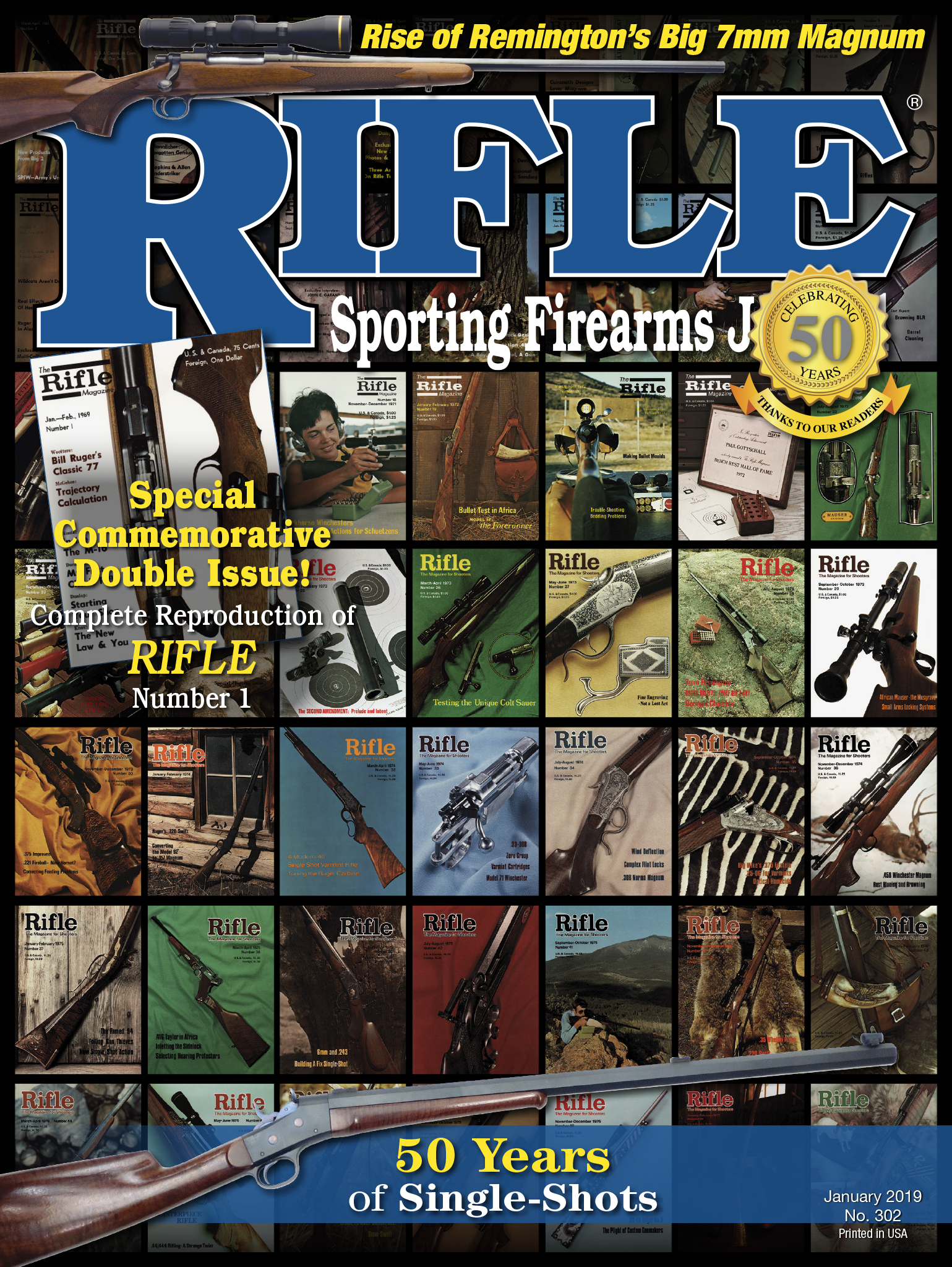A Rifleman's Optics
Swarovski X-Series Spotting Scopes
column By: John Haviland | January, 19
Instead of offering different spotting scopes with fixed objectives and magnification, Swarovski’s X-series scopes includes three different eyepieces that can be mixed and matched to three optional objective lenses to provide a scope that is perfect for a specific use or, if money is no issue, several purposes.
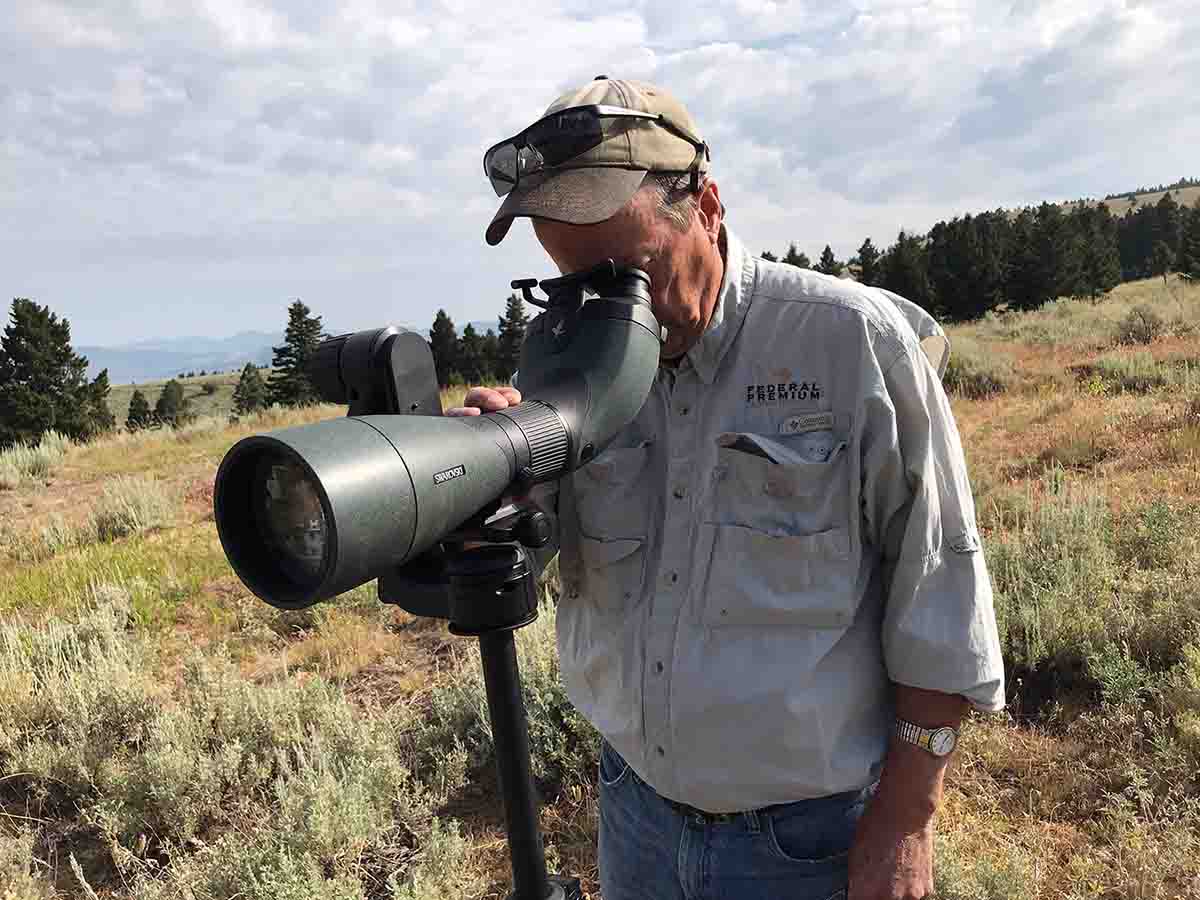
Tom Hogan, Swarovski’s technical advisor, said Swarovski’s X-series spotting scopes are built on a modular system that allows pairing with STX (straight), ATX (angled) and BTX (binocular) ocular modules with a 65mm, 85mm or 95mm objective lens module. The “X” refers to the model, because every product from pickups to rifles seemingly must contain an “X.”
The ATX and STX are variable-power 25-60x oculars with 65mm and 85mm objective lenses, and 30-70x when linked with the 95mm objective. Magnification on the BTX is fixed at 30x with the 65mm and 85mm objectives, and 35x when connected with the 95mm objective.
Hogan is not exactly sure why the BTX is a fixed-power module. “It may be because it was more difficult to make a variable with the binocular ocular,” he said. A 1.7x magnification extender can be attached between the ocular and objective of the ATX, STX and BTX modules. Added to the BTX, the extender increases magnification to 50x on the 65mm and 85mm objectives, and 60x with the 95mm objective.
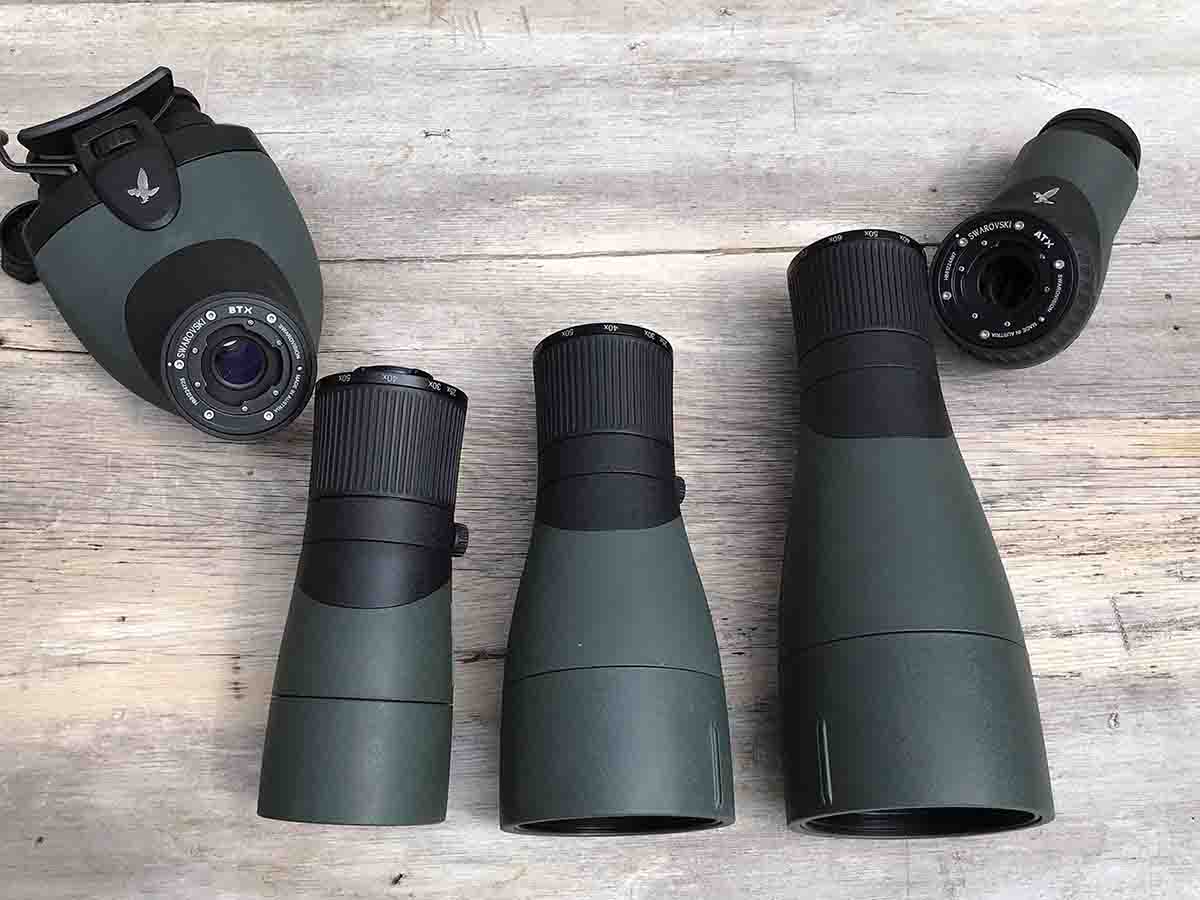
The BTX eyepiece is interesting because it allows the use of both eyes. “Back in the early ’90s Swarovski made a double-telescope spotting scope with 75mm objective lenses,” Hogan said. “People loved it. But it was too expensive, even for Swarovski, and it was dropped after a few years.” Viewing with both eyes is back with the BTX. The BTX works like a binocular with eyepieces that adjust to match the distance between your eyes, and a diopter adjustment on the right eyepiece is used to compensate for vision differences between the eyes. This upward-angled eyepiece and adjustable forehead rest relieve muscle stress during long viewing sessions. Using both eyes increases depth perception, image sharpness, contrast distinction and brightness when compared to using one eye.
Hogan said becoming used to an angled eyepiece takes some time. “But as time goes by, it’s easier to use than a straight eyepiece,” he said. “For one, when the scope is on a tripod, people of various heights can look through the scope without having to adjust it up or down.” The angle of the ATX or BTX ocular lens can be changed by loosening the lock screw on the tripod ring on the objective module. The ring locks into place every 45 degrees around its circumference, so you could lay on your back and look through the scope if you are so inclined.
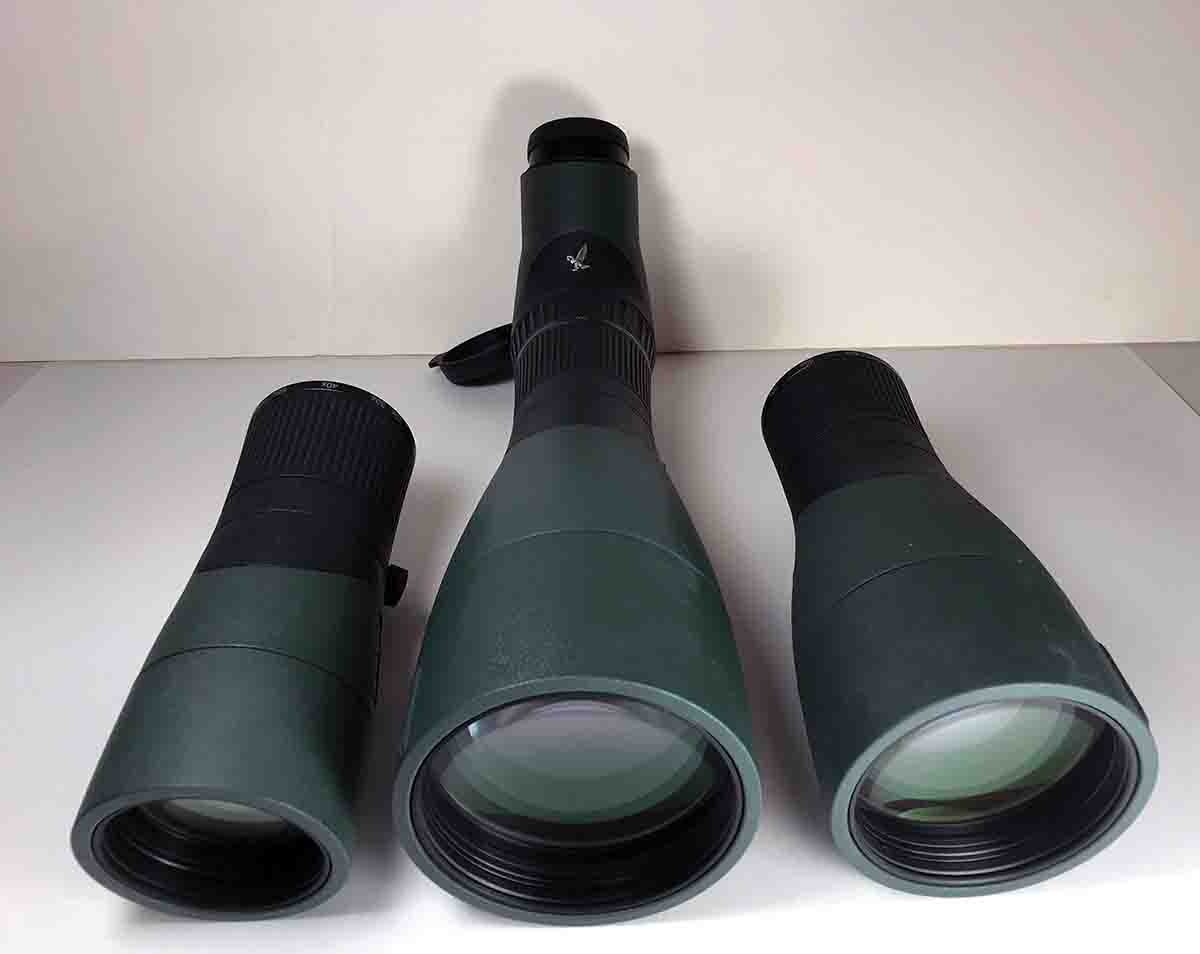
Aligning a spotting scope with an angled eyepiece on an object and seeing it through the scope can be difficult. An aiming aid on the BTX module helps. A white dot in the center of the “aiming tube” works like the front sight on a rifle. Align the intended object just above the dot, and it will be in view through the scope.
Buying all three objective modules to match differing uses is tempting – that is, until you see the prices. The 65mm module sells for more than $1,100, and the 95mm objective costs $2,288. “Swarovski thought the 85mm objective module would be the biggest seller because of its all-around use,” Hogan said. “Turns out, though, the 95mm is what people want the most. The 65mm module is the second most popular because of its light weight.”
I tacked up a 1951 USAF resolution test chart at 200 yards in midday sunlight to test the BTX and ATX eyepieces with the 65mm, 85mm and 95mm objective modules. Some mirage boiled up through the 90-degree heat.
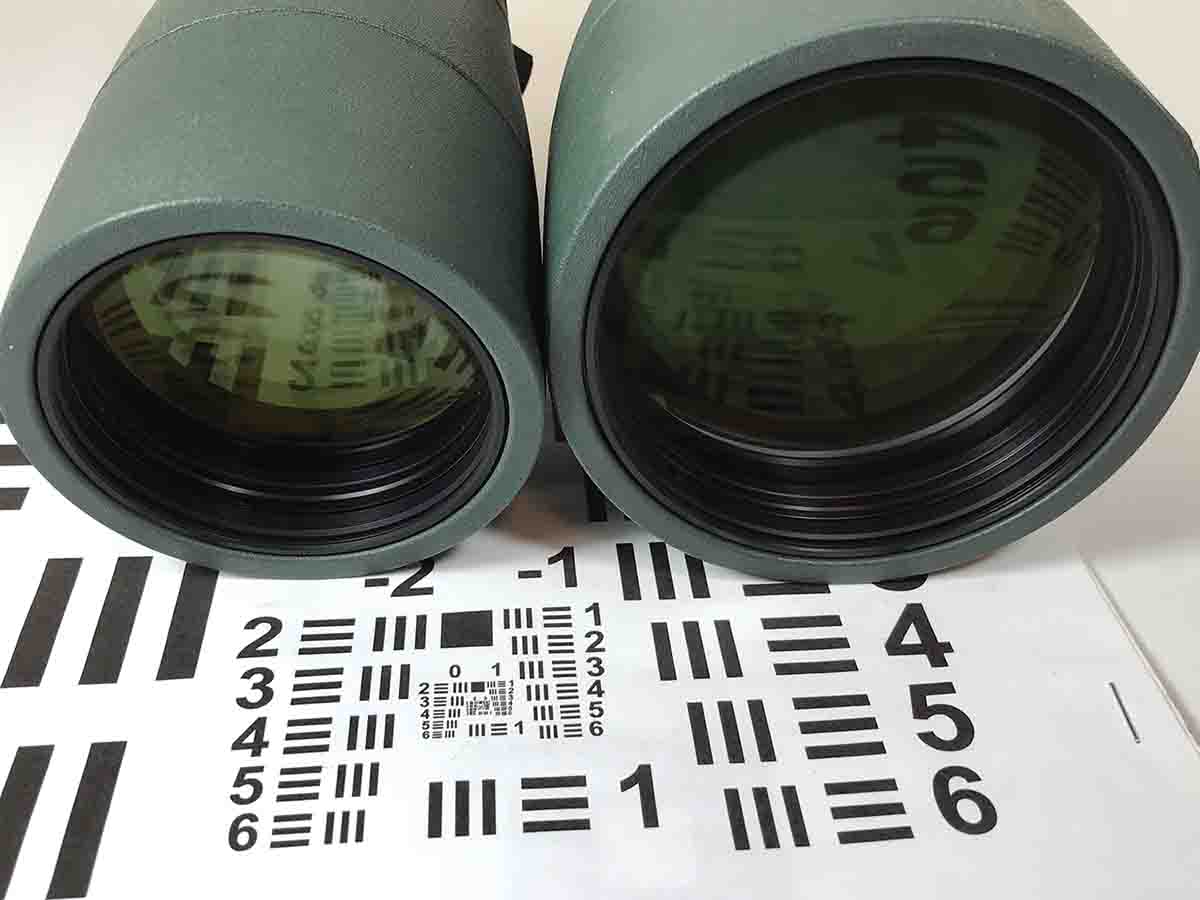
Switching to the BTX eyepiece, the 30x of the 65mm and 85mm objectives resolved the same set of bars as the ATX eyepiece with the same two objectives set on 30x with the ocular. The same set of bars was visible through the 35x of the 95mm objective paired with the BTX eyepiece as the ATX and the 95mm objective set on 40x. Those three bars measured .25-inch wide, and each bar was .05-inch thick. That contrast and resolution is as good as any spotting scope.
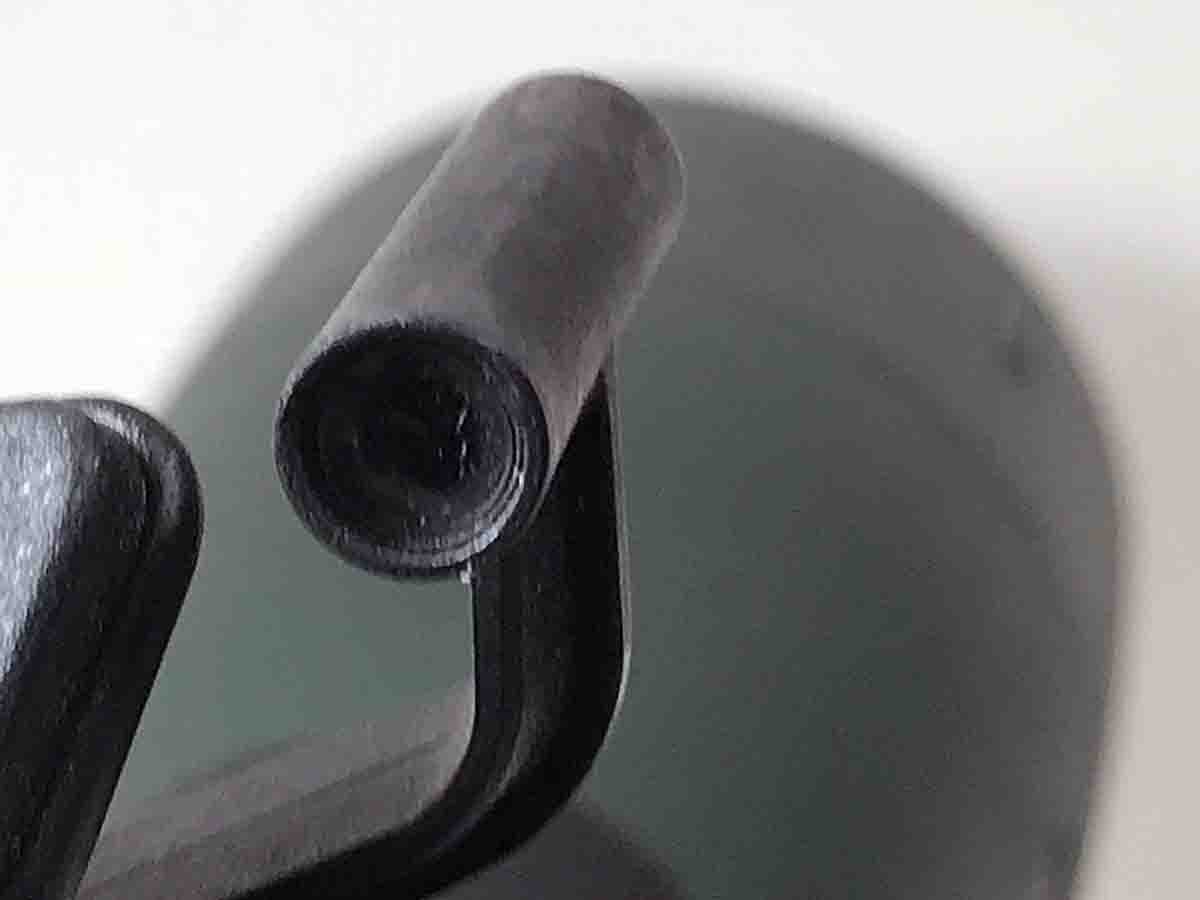
One objective and ocular module cost about as much as most shooters/hunters can afford. The ATX and 65mm modules, weighing a feather under 3.75 pounds, are the choice when every ounce counts on a backcountry hunt. The BTX eyepiece matched with the 95mm objective module, weighing a touch over 6 pounds, would be the pick if the weight is of no concern.
Last summer a half-dozen or so people used the BTX 35x 95mm spotting scope at Bergara Rifle’s Bergara Academy shooting school. Bullet wake was easily seen out to 800 yards as well as bullet impact on steel targets out to 1,100 yards. Rick Wood, Bergara general manager, spent several hours each day looking through the scope. In the evenings he scanned for deer and elk on mountains nearly 10 miles away. The animals stood out like lighted candles in the last light of day. He especially liked the scope’s binocular eyepiece because it eased eye strain. The view through the scope was so clear and sharp, he could not believe it when I told him the scope was only 35x. Rick’s mental gears started to turn as he planned some financial shuffling to make such a spotting scope his own.


